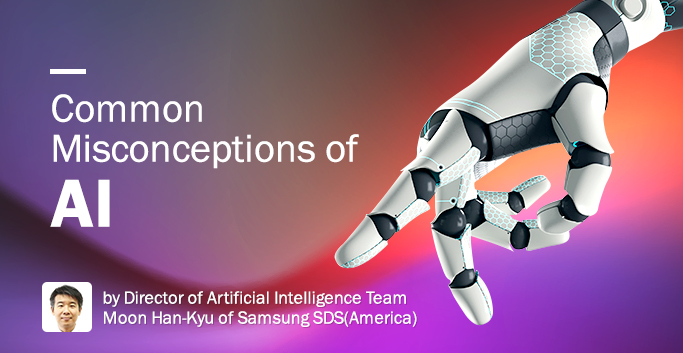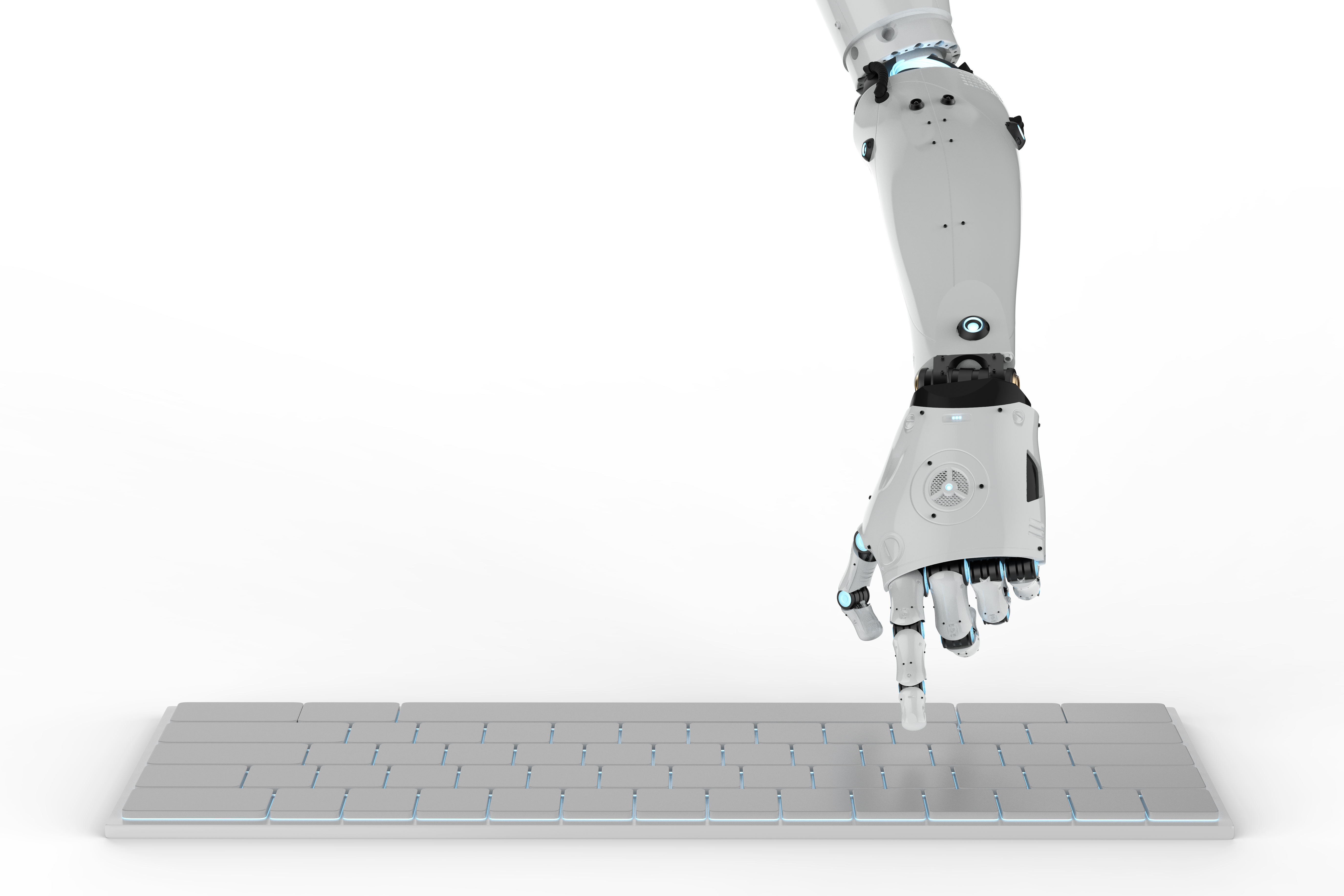Common Misconceptions of AI
As the current wave of AI revolution sweeps across and impacts not only the IT industry but human society as a whole, it is also generating misconceptions about Deep Learning and Artificial Intelligence in general. Here are a few examples:
(1) Deep Learning will enable human level intelligence
(2) The incredible success of Alpha Go implies that human-level Artificial Intelligence is around the corner
(3) Due to Deep Learning’s strong capability, it only takes feeding data to solve most of AI problems. For example, feeding enough data to ImageNet-like networks will solve most of visual understanding problems
(4) AI is becoming so powerful that it will exceed human capability and become a threat to human survival, as pictured in Terminator movies
It is important to have more realistic views and assessments of the AI technology and its potentials—to maintain longer-term technological advancement through steady investments and attracting talent. Then what are the incorrect or premature views?
(1) Deep Learning will enable human level intelligence
The Artificial Neural Network technology was conceived and developed decades ago. This included the idea of stacking them into multiple layers to mimic the human brain. The combination of abundant data, rapidly increasing computational power, and a few algorithmic developments in Artificial Neural Network led to the recent successes with further promise. There is no comprehensive understanding of human or even animal intelligence yet, and Deep Networks model has very specific aspect (low-level model of visual perception or pattern recognition) to it. There are other, more profound aspects of human intelligence that have been modeled and studied including reasoning, planning, concept forming, and decision making, all without major breakthroughs so far. One hopeful development is that Deep Learning did provide tools to realize some of these functions, as already evidenced by the success of Deep Networks as one of the enabling components in AI board game playing (Alpha Go), video game playing, and speech recognition.
(2) The incredible success of Alpha Go implies that human-level Artificial Intelligence is around the corner
Alpha Go beating human Go champion by a large margin was a critical moment in the current AI revolution. First of all, Alpha Go has broken the perception that AI playing Go at human level is either impossible or very far into the future. This event ironically has broken another perception that an AI beating human in Go playing—if ever happens in near future—should mean fundamental advance in general AI technology. While Alpha Go is a major breakthrough, its magic lies in a sensible combination of existing algorithms. And AI researchers do not claim that we are close to achieving human level ‘Strong AI’.
(3) Due to Deep Learning’s strong capability, it only takes feeding data to solve most of AI problems
The success of Deep Networks in combination with ImageNet data for solving object recognition problems gave rise to a premature hope that all image understanding problems could be solved by supplying large amounts of data to Deep Learning framework with some twist in its architecture. As introduced in the previous post, there is a wide spectrum of visual perception algorithms that are tailor made to specific visual tasks. Rather than these visual perceptions tasks being folded into a universal Deep Learning pipeline, they are branching out to very different architectures to serve these specific functions while keeping the common feature extraction layers trained for general object recognition tasks. These ‘visual service layers’ will be explained in a few paragraphs.
(4) AI is becoming so powerful that it will exceed human capability and become a threat to human survival, as pictured in Terminator movies
There is no need for further explanations, because the points above indicate that at the moment we do not have a good sight of human level AI (or commonly called ‘The Singularity’). People in the field have more realistic concerns about (1) difficulty in interpreting a trained AI model (2) real-world cases where AI models exhibit inconsistent behavior (3) AI’s potential of replacing human labor at an unmanageable pace. These are very real near-term challenges that need to be addressed and are receiving well deserved attentions.
Now that the same fundamental approach is being successfully extended and penetrated to automate many different visual perception functions with much higher accuracy than before, it will lead to wider adoptions to make things convenient and efficient in everyday life and businesses. For example, virtually all of these Visual AI technologies are being applied to develop autonomous driving so that the ‘AI driver’ can follow roads, recognize traffic signs, detect and track other moving vehicles and humans etc. The current pace of progress in the Visual AI field suggests that the technology will soon be matured enough to handle many of the tedious human tasks (such as operator watching or searching through surveillance videos or sorting parts in manufacturing). Other tasks that depend on visual perception (but not requiring high-level reasoning) will soon follow suit.
By Director of Artificial Intelligence Team Moon Han-Kyu of Samsung SDS(America)
-
SAMSUNG SDS NEWSROOM
- #SAMSUNG SDS
- #AI
- #NEWSROOM
- #ALPHA GO
- #MOON HAN-KYU
- #DEEP LEARNING
- #ARTIFICIAL INTELLIGENCE
- #SAMSUNG SDS GLOBAL
- #SDS AMERICA



